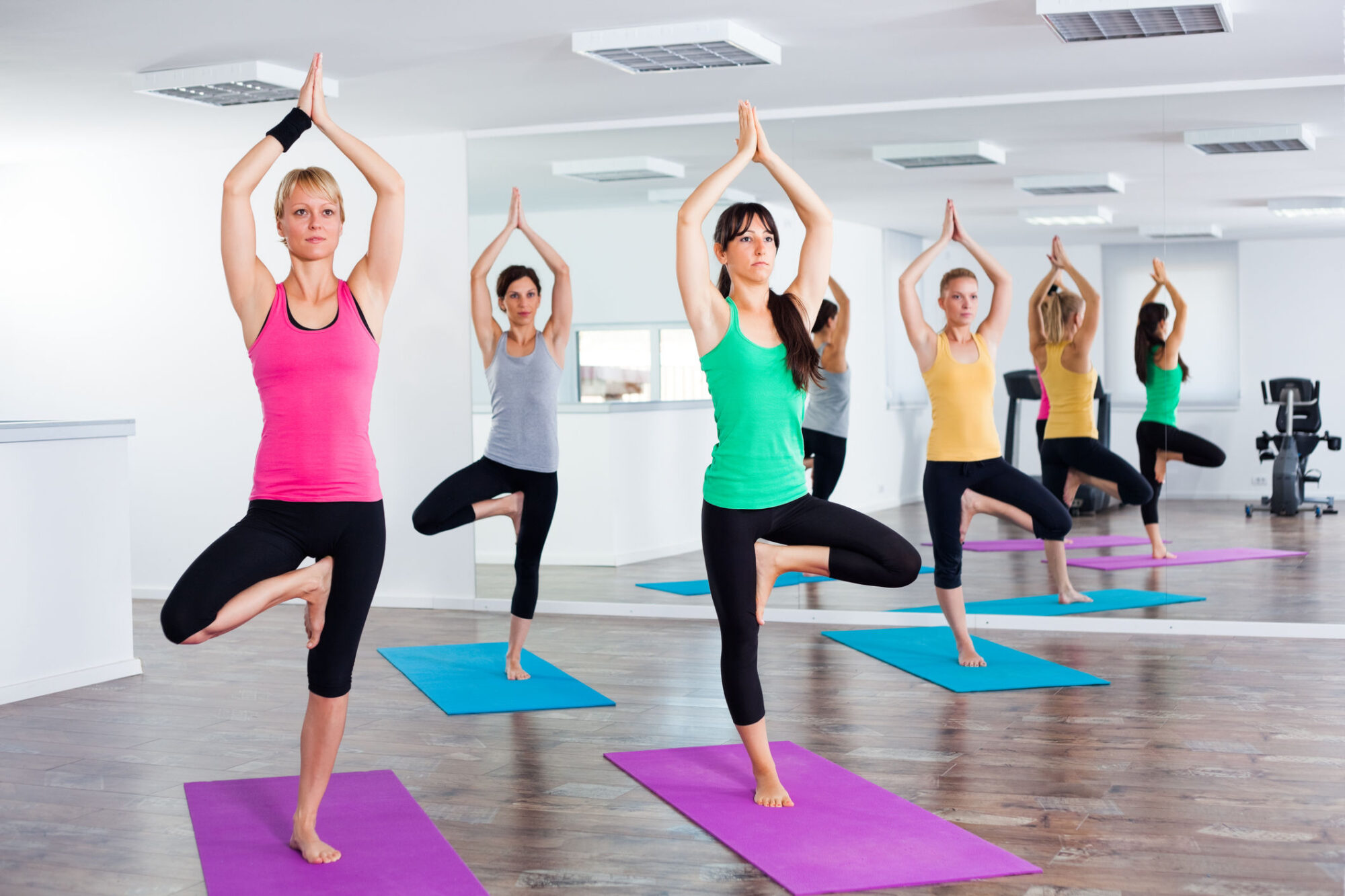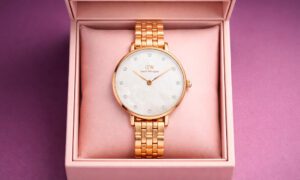Fitness today is about so much more than a number on the scale. The new era of women’s wellness is bold, intelligent, and deeply personal.
In 2025, every aspect of fitness is being reshaped, powered by smart technology, strengthened by empowering communities, and guided by a fresh mindset that values how you feel just as much as how you look. It’s not about keeping up with someone else; it’s about tuning in to yourself.
With that in mind, we’ve gathered the top fitness trends redefining how women train, recover, and thrive in this new age of movement.
So without further ado, let’s dive in.
Wearable Technology Integration
Smartwatches and fitness trackers will become popular wearable gadgets for women’s workouts. These devices will help you track your steps, heart rate, sleep, and even calories burned.
Every minute detail will help you better understand your body and make smarter choices. It will also help you reach your goals in a way that blends in with your lifestyle. In the long run, it will improve your workout, help you sleep better, and stay active.
AI-Generated and Personalized Workouts
Your body feels different each day. Some mornings, you wake up ready to move. Other days, not so much. In 2025, fitness apps will understand that. They learn how you sleep, how much you move, and how tired you feel — and then they plan your workouts for you.
AI is revolutionising how women train by learning their goals, tracking their habits, and adjusting their workouts in real time.
This means you no longer follow the same routine, no matter what. Instead, your plan shifts with you. When your energy is low, it pulls back. When you feel strong, it gives you more. The innovative system thinks you don’t need to guess or push through.
It is the new way to train better when your workouts match your body. You stay on track, avoid burnout, and see real progress without feeling overwhelmed.
Strength Training with a Focus on Power
Strength training is becoming more dynamic and practical. Women are shifting from traditional workouts to power-focused routines that use tools like kettlebells, sleds, and plyometric exercises.
These movements build strength, improve balance, increase metabolism, and strengthen bones. The goal is to create strength that supports everyday movement and long-term health, not just appearance.
Holistic Mind-Body Approaches
Fitness is not only about the body; it includes mental and emotional wellness. Many women add yoga, breathing exercises, and meditation to their routines.
These practices help reduce stress, improve sleep, and support recovery. It’s about creating a balanced approach that helps women stay healthy, grounded, and consistent.
Virtual and Hybrid Training Models
Online fitness platforms and hybrid programs are giving women more flexibility than ever. Many prefer to train at home using apps or virtual classes, while others combine this with occasional gym visits.
These models support busy lifestyles and allow access to expert guidance without the limitations of location or schedule. They’re especially helpful for women who want structure without losing convenience.
Inclusivity in Fitness
The fitness industry is becoming more inclusive, with programs designed for various ages, body types, and ability levels.
This shift encourages more women, regardless of background or experience, to get involved. It’s about making space for everyone to move, improve, and feel supported in their fitness journey.
Cycle-Syncing Workouts
Women are starting to match their workouts to different menstrual cycle stages. For example, energy-intensive strength training might be done during the follicular phase, while lighter activities like yoga are reserved for the luteal or menstrual phase.
The personalized approach respects natural energy shifts, reduces burnout, and helps women stay consistent and more in tune with their bodies.
Functional Fitness for Daily Life
Functional fitness focuses on movements that reflect everyday activities—lifting, bending, carrying, and reaching. Exercises like squats, step-ups, and loaded carries train the body to move safely and efficiently daily.
These types of training help reduce injury risk, improve mobility, and build strength that supports independence over time.
Athlingerie: Fusion of Athletic Wear and Lingerie
Athlingerie blends the performance of activewear with the design and comfort of lingerie. These pieces are built to support movement. At the same time, they are stylish and flattering whether at the gym or home, making them a standout choice in women’s fitness clothing.
This trend reflects a growing interest in clothing that looks good, feels good, and performs well during workouts or daily activities.
Recovery and Regeneration Practices
Recovery is now a key part of fitness. Women use tools like foam rollers, massage guns, cold therapy, and infrared saunas to reduce muscle soreness and improve performance.
Stretching, rest days, and sleep routines are also taken more seriously. These practices help prevent injuries, support energy levels, and make workouts more effective in the long run.
Wrap Up
Women’s fitness in 2025 is changing in many positive ways. It’s not just about looks or one way of training anymore. New tools, welcoming spaces, and a focus on body and mind are improving fitness for everyone.
These trends show how workouts can fit real life, help women stay strong and healthy, and make them feel confident. The future of fitness is about making it easier and more enjoyable for women to care for themselves.



































